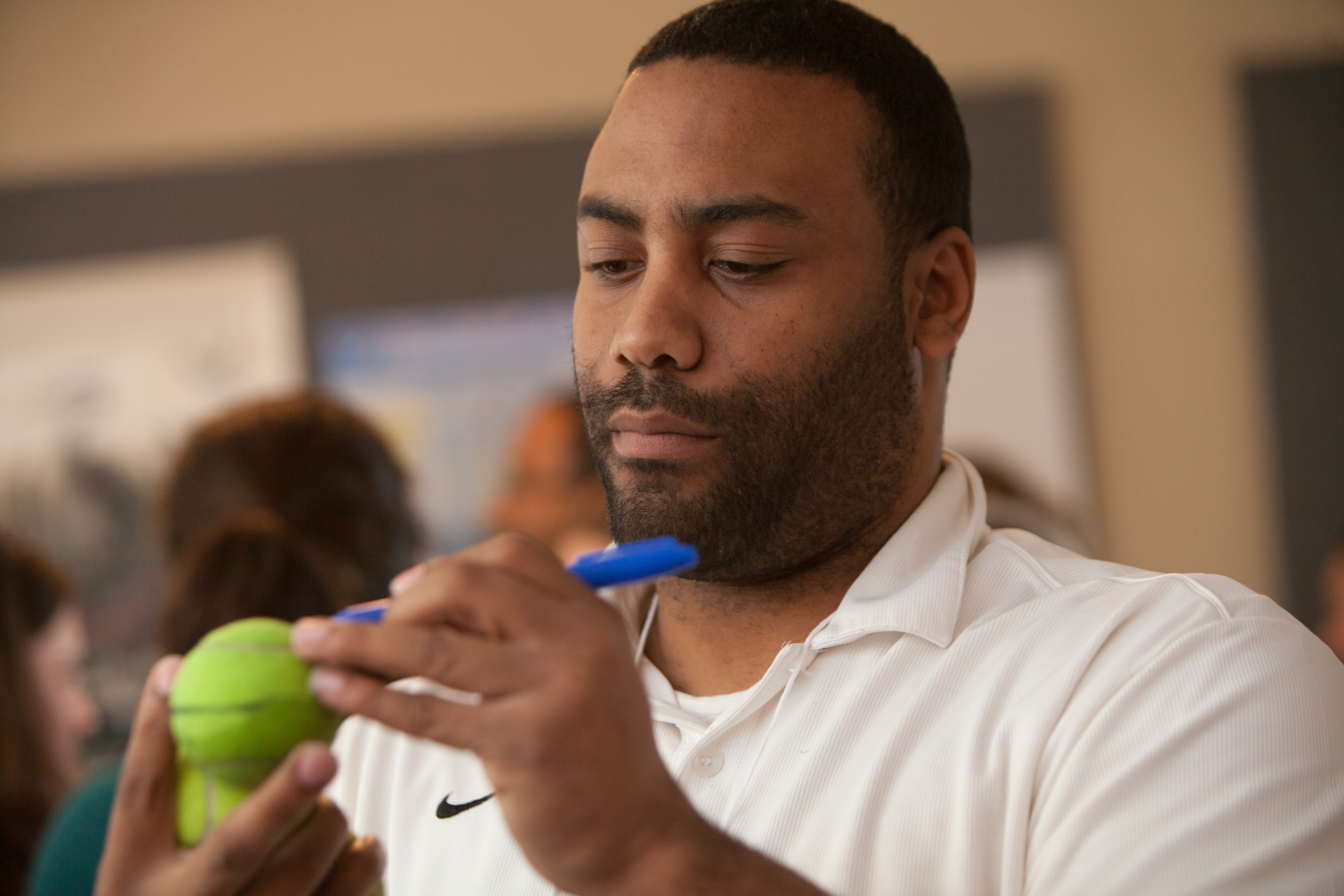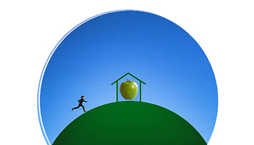The printing press. Democracy. The internet. Citizen Science.
Each of these educates, connects and empowers people. They are extensions of our hunger to learn, share information and create solutions. Opening science to more people creates a virtuous cycle that strengthens science and empowers citizens. Citizen observations greatly expand the data base for scientific studies. In turn, this expanded knowledge and understanding of science empowers citizens to take an informed role in shaping the choices in their communities and world. Smarter science, smarter citizens, smarter world.
A full room of teachers and informal educators discussed a wide variety of science projects and activities yesterday at the NOAA Environmental Science Training Center in Oxford, Maryland. We saw how citizen science projects are enriching learning, connecting people to their environments, and empowering citizens to protect their health and communities. From students helping to identify species and habitat ranges in Maryland, to volunteers reporting sewage leaks in Baltimore, to people reporting the weather and changing seasons to better understand climate change, science is becoming more participatory and collaborative. Knowledge is power. Citizen science offers a path to strengthen scientific studies while empowering citizens with knowledge of scientific protocols and a deeper understanding of their environments and choices.

William Bledsoe measures the salinity of water during the NOAA Citizen Science workshop in Oxford, Maryland. The workshop demonstrated how citizens can participate in a wide variety of scientific projects and activities. The workshop showed how students identify and monitor species in their school yards, how citizens monitor sewage spills in their communities and how we can all monitor weather and wildlife to understand climate change.




The website is www.harboralert.org


Leave a Reply